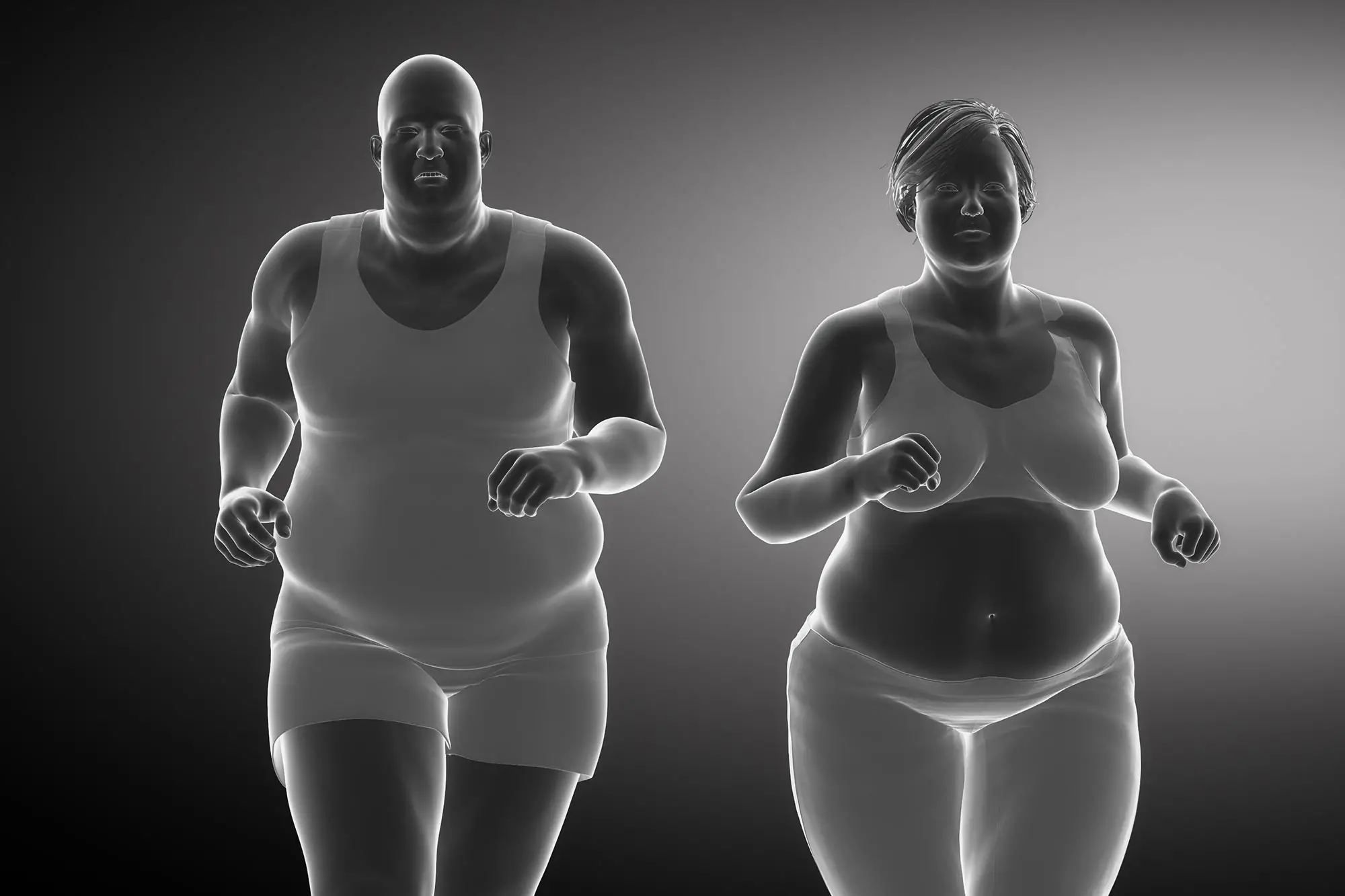Summary of Uncovering the Brain’s Role in Obesity for Men and Women:
A study by researchers at the University of California, Los Angeles (UCLA) has found that sex-specific brain signals lead men and women to develop obesity in different ways. The research combined several modes of magnetic resonance imaging (MRI) with patients’ histories and clinical features, revealing differences in the brain networks associated with mental health quality and sensory stimulation experiences. Women’s obesity was found to be connected to emotion-related and compulsive eating, while men’s eating behavior was more affected by gut sensations and visceral responses. The study’s findings suggest that targeted obesity interventions tailored to an individual’s sex could be more effective.
*****
New Study Identifies Gender-Specific Brain Signals Related to Obesity
A recent study published in Brain Communications, conducted by researchers at UCLA, has identified gender-specific brain signals that drive obesity in men and women. By combining MRI data with clinical features and personal histories, researchers discovered differences in several brain networks associated with early life adversity, mental health quality, and sensory stimulation experiences. The study found that men’s eating behavior tends to be more influenced by gut sensations and visceral responses, while women’s obesity is linked to emotion-related and compulsive eating. These findings may enable the development of more precise, sex-based obesity interventions.
Sex-Specific Obesity Drivers
The research team used a data-driven approach to predict sex-specific obesity status based on multimodal brain signatures—the first time this method was used in predicting obesity status. The study builds on earlier research, which found that emotion-related and compulsive eating played a major role in women’s obesity. In contrast, greater awareness of gut sensations and visceral responses affected men’s eating behavior. The MRI evidence in this study supports and corroborates these earlier findings of differences in brain structure, function, and connectivity that help researchers better understand obesity-related drives and behaviors.
Toward Gender-Specific Interventions
The study identified brain regions and networks with alterations associated with early life trauma in females, which can increase anxiety, lower resilience, and cause difficulty integrating emotions with action-directed goal planning. Modifications in certain brain networks show that women with high body mass indexes (BMI) may be drawn to highly processed foods and at increased risk of developing cravings and food addiction. Women may also be more susceptible to the sight, smell, and taste of ultra-processed foods. These findings may help clinicians develop treatment plans focusing on emotional regulation techniques and vulnerability factors for females with high BMI.
The study included 183 participants ages 18-55, with non-obese or high BMI, and self-reported questionnaires assessing childhood trauma, anxiety and depression, visceral sensitivity, food addiction, bowel symptoms, personality traits, and many other factors. Each participant underwent three brain MRIs to assess structure, function, and connectivity. Although the study identified associations, future research is needed to determine whether changes in the brain are a factor in the development of obesity or a result of the condition.
The Importance of the Gut-Brain Axis
The study is significant because it identifies the importance of the bidirectional connection between the gut and brain, with strong associations between clinical markers such as anxiety, depression, obesity, and neural signatures. The research reflects a growing trend in personalized medicine that uses data-driven and multimodal approaches to diagnose and treat conditions based on the unique attributes of patients.
In conclusion, identifying gender differences related to obesity is crucial to developing personalized medicine approaches to obesity intervention. Insights gleaned from multimodal imaging techniques combined with clinical and personal histories may help clinicians develop tailored interventions to target obesity treatment better. Moreover, future research can shed light on the causality of these associations and explore the bidirectional mechanical connection between the gut and brain axis.



Comments are closed